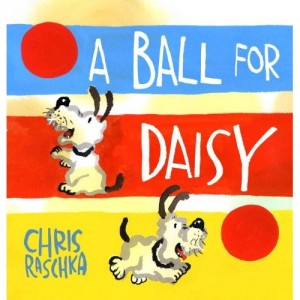interview him. Here's what he had to say to me, you, us!
AIIS: What is your favorite thing about making books?
EY: My favorite thing about creating books is the pleasure of turning readers on in stories of the past, present and even future, The wonder of words and pictures!
AIIS: What is your favorite thing about visiting schools?
EY: School
visits simply verify that books are made by people like themselves who
also struggle with everyday mundane activities and face difficulties
like everyone else.
AIIS: Would you describe your typical day in a school?
EY: My
day at school depends on the need and limitations of the school. Some
schools are so poor, I simply talk and draw pictures to tell stories,
but often those were the best, students and teachers, in their thirst
for knowledge and in their appreciation of visitors. I do workshops,
large groups or small and all ages.
AIIS: How do your school visits benefit students?
EY: I
know my visit benefits students; It's a win-win situation, if I'm not
excited and receive a kick out of being there, they cannot be benefited
by the visit either.
AIIS: How do your visits benefit the teachers?
EY: Same with teachers. helpers (parents), everyone involved if they put in their minds, they receive many times more.
AIIS: What do you want schools to know about planning author visits?
EY: Plan
it well like all Mazza bookfests, It's well run if it appears so
easy. Not so, a lot of work and heart in everyone who's involved without
exceptions. The better prepared the students, the higher the spirit and
anticipation.
AIIS: Is there anything else that you would like students and schools to know about you?
EY: That I am human and I have my limitations like all human beings.
Thank you, Ed, for taking the time to visit with us. I was lucky enough to see you speak at Mazza, and know that any school would be lucky to have you visit!
Check out Ed's website at: http://edyoungart.com/about.html



































